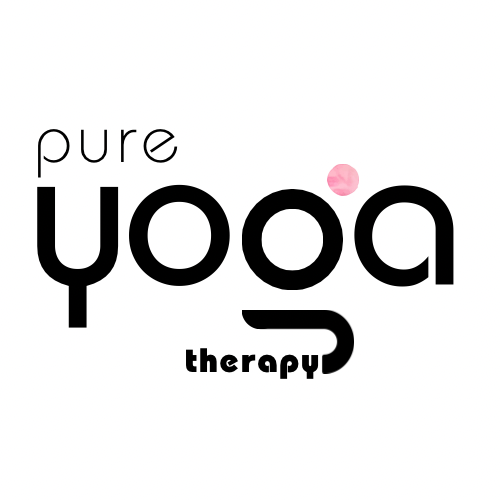How to Calm Hot Flashes
Latest info on hot flashes
Hot flashes affect about 75% of women and are the main reason for seeking medical help. However, the mechanism of hot flashes or how they happen is still not understood.
Hot flashes seem to occur randomly, but some women report that their hot flashes are worse at a particular time of day. Now it is thought that hot flashes have a daily pattern.
Anxiety is a risk factor for hot flashes. When you are anxious, flashes will likely be more frequent and severe. Yoga and breath work can be helpful tools in reducing anxiety.
Phthalate exposure from personal care products is associated with menopausal hot flashes in women[1]. According to the FDA, phthalates are a group of chemicals used in hundreds of products, such as toys, vinyl flooring and wall covering, detergents, lubricating oils, food packaging, pharmaceuticals, blood bags and tubing, and personal care products, such as nail polish, hair sprays, aftershave lotions, soaps, shampoos, perfumes, and other fragrance preparations. Clearly it is worth checking labels before bringing these items into your home.
There is a lot of interest in the connection between menopause and the development of cardiovascular disease (CVD) in women. Data links hot flashes to CVD risk indicators. The conclusion is that frequent hot flashes may indicate a vulnerable vascular system in midlife women[2].
What supplement works for hot flashes?
Taking red clover can decrease the number of hot flashes, especially in women with severe hot flashes (ave 5 per day). Red clover may also reduce other menopausal symptoms[3].
Evening primrose oil and black cohosh reduce the severity of hot flashes. Black cohosh is more effective than primrose oil because it could reduce the number of hot flashes [4].
How can yoga help?
A new clinical trial reports that practicing yoga may not ease menopausal hot flashes. But it might help women sleep a better. Women reported having fewer hot flashes in the yoga and the non-yoga group. The only difference between the groups was insomnia symptoms, which improved in the yoga group[5]. Of course some poses are more cooling, and some heat up the body. A general yoga class will benefit overall health and fitness, may not target specific menopause symptoms.
This study reckons yoga therapy can improve hot flush symptoms and reduce night sweats. It also can improve cognitive functions such as memory, mental balance, attention and concentration, delayed and immediate recall, verbal retention and recognition tests[6]. I’d say anything that might combat brain fog is worth a try.
Yoga practice can overcome low self-esteem and self-image in menopausal women[7]. Having a positive self-image during menopause is important, because it can be a time when we feel at our lowest.
Yoga can improve CVD risk profiles in older adults and is a promising intervention for postmenopausal women at risk for CVD and related chronic disorders[8].
Try these yoga poses that are so helpful for menopause symptoms and see what works for you. Yoga for relief of menopause symptoms.
Sheetali Breath
Is a yogic way to breath and is cooling. Next time a hot flash hits give it a try.

